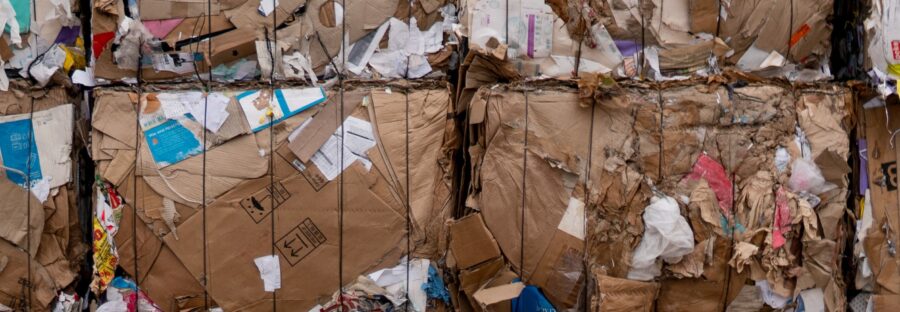The screeching sound of dump trucks unloading is deafening
- The cost-of-living crisis has people feeling uncertain and panicked as prices soar.
- Landfills are filled with unwanted items and owners
- People think sustainable clothes are “bland or boring
Heaps of clothes are discarded. Items stitched to precision left lifeless. Hundreds of years will pass until some materials can even begin to decompose. Toxic chemicals seep into the Earth.
The screeching sound of dump trucks unloading more clothes is deafening. The issue is never-ending.
Each item is left without an owner. Left without a home.
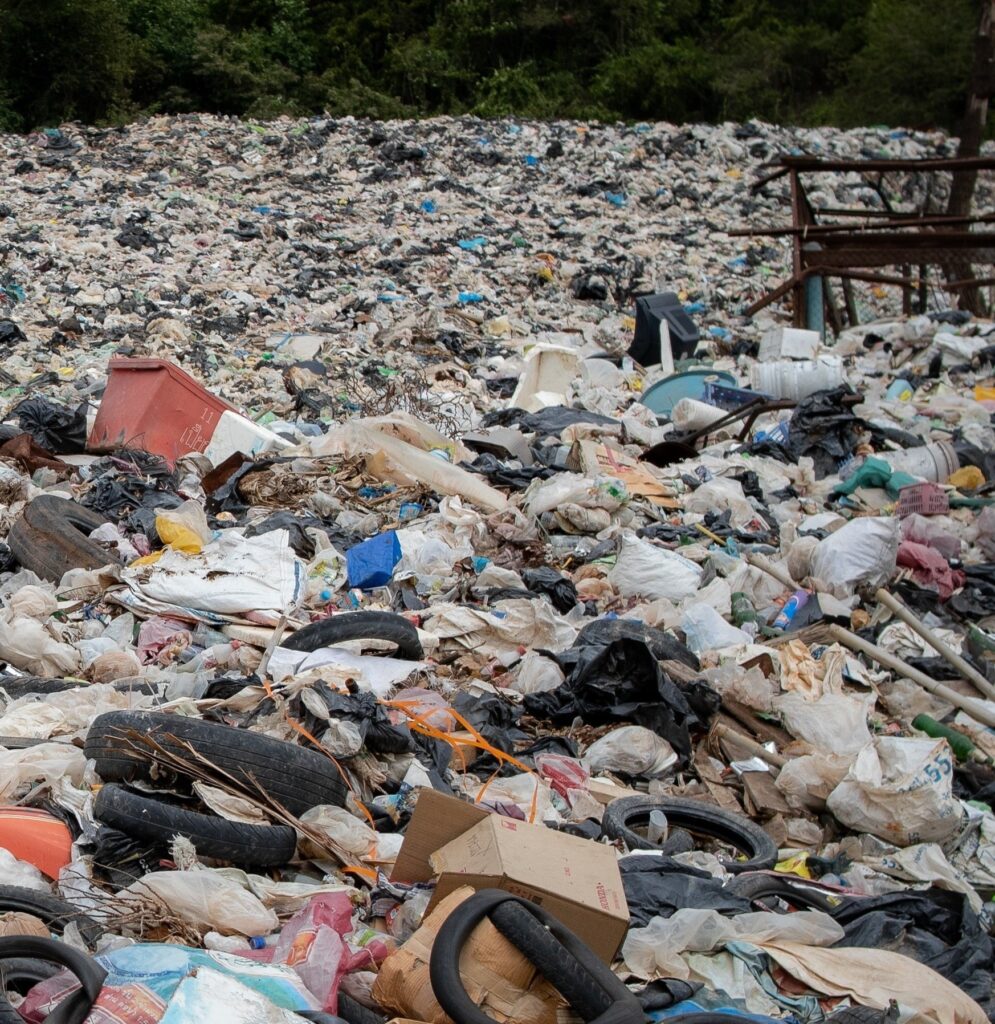
Fashion Industry
“We’re working towards lasting change in the fashion industry. You can look great and look after
the planet at the same time,” the Yes Friends spokesperson ended with.
The fashion industry is one of the world’s biggest polluters and every year millions of clothes are wasted and dumped in landfills.
A swarm of sustainable fashion brands are popping up on the scene like crazy. It seems like every month a new ‘10 best sustainable fashion brands to shop from’ article is published.
A big message in the sustainability landscape is to wear what you own. But these eco-friendly brands are tempting consumers to make additional purchases.
The environmental harm is only escalating. Landfills are only expanding.
I spoke with two eco-friendly clothing companies to learn more about their intentions. Valentina Karellas is a London-based brand that specialises in made-to-order handmade knitwear.
The brand was established by Valentina Karellas.
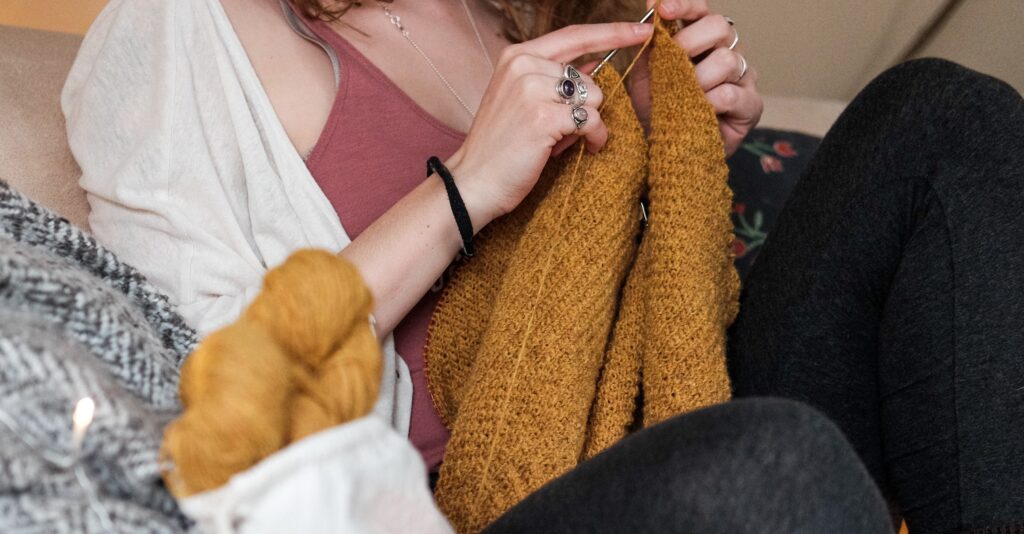
Scraps to make nice foods
She was raised in London and attended the London College of Fashion for her education. A sustainable lifestyle was rooted in her all her life.
“I was raised this way, my mum was very frugal, before it was trendy, she taught me how to use even the scraps of food to make a nice meal. It’s just part of how I’ve always been,” Valentina informs me.
She carried her mother’s lessons with her into adulthood and now her company embodies sustainability.
Valentina had this to say about waste, “I utilise overstock yarn, from a family-run UK business, where they get yarns that would have gone to waste.
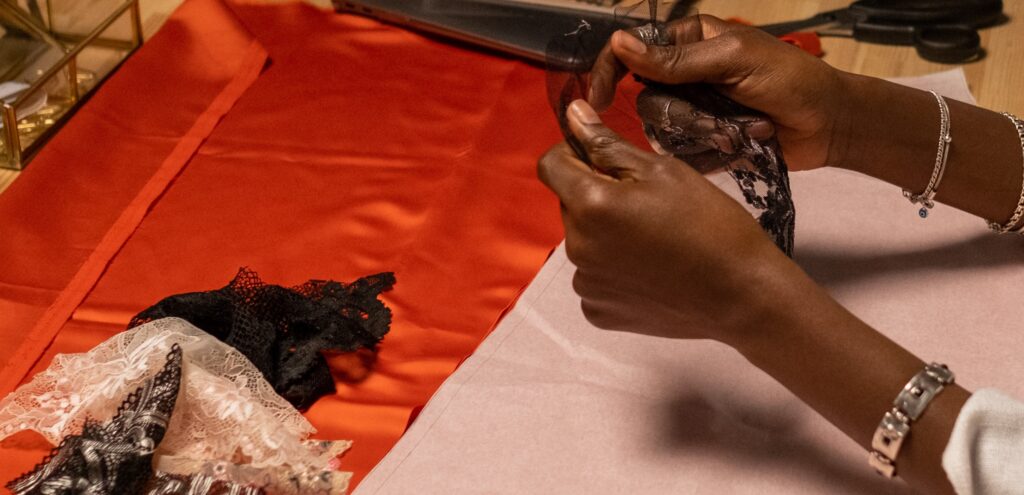
I use that, using a hand-powered knitting machine, as well as that, the designs are fully fashioned, which means no cut and sew, it is shaped to fit the body, so no waste there.”
“Any loose strands that are not used, are collected, and organised so that they are used in
mending projects I do.
Any samples that do not turn out correctly, I spend hours unwinding them to reknit rather than wasting the sample,” Valentina adds.
Major environmental problem
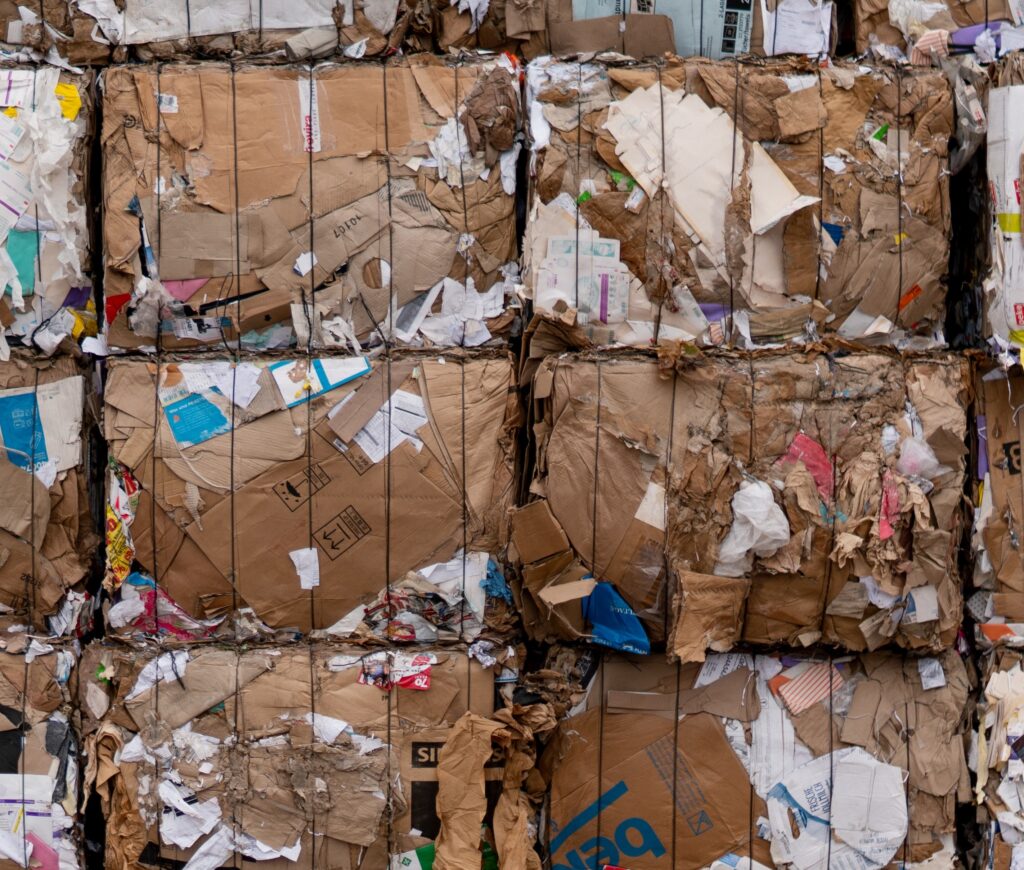
For far too long, landfills have been a major environmental problem. Tonnes of carbon have been released into the atmosphere as trash has accumulated.
Unfortunately, waste that isn’t reused, recycled, or burned occasionally winds up on our beaches and in the oceans.
The blue ocean is changing from turquoise to a murky brown colour. The waves are protesting by turning
restlessly.
The water is no longer friendly and is now weary of the invasion. Ocean pollution caused by humans is irreversible.
The sustainability movement caused a shift in buying patterns. While you might have faced bullying for buying from charities, doing so is now popular.
Fast fashion continues to rule
Fast fashion continues to rule the market, and consumers are the driving forces behind what brands do. The waste cycle is perpetuated by the undeniable success of quick fashion. But for how long?
“A lot of brands are talking about sustainable fashion, which is hopefully making the customer
more aware of the realities of fast fashion.
Sadly, with greenwashing, it is hard for customers to understand the difference between a genuinely sustainable brand,” Valentina comments.
“More brands are evolving into this space, only the brands that make the biggest impact aren’t working
hard enough to do so.”
Compared to 15 years ago, we purchase 60% more clothes, yet we only retain them for half as
long. The fashion industry, which has promoted a way of life where we view clothing as a
commodity rather than an investment, is to blame for this behaviour.
High street brands
Valentina advises us on what to do to lower our environmental footprint, “avoid high street brands like H+ M, Zara, Boohoo, etc.
Buy from charity and vintage shops. Look for small independent boutiques, really think about each purchase.”
Yes Friends, was founded to provide affordable ethical apparel and to transform the fashion
industry.
They detest the fact that people and the environment are frequently exploited in the production of clothing.
Organic and natural materials
“Although we are aware that consumption and sustainability do not always go hand in hand, our selection of designers are pushing themselves to be the most creative and innovative versions of themselves,” a spokesperson for the brand says.
When asked how their brand reduces waste they said: “In all our collections, from fashion to
beauty, the usage of organic and natural materials is crucial.
Our designers are dedicated to using the longest-lasting, least harmful-to-the-environment materials they can find.
They choose natural fibers and organic materials over synthetic ones because they biodegrade more quickly and leave less of a carbon footprint when their lives are done.”
“Our contemporary collections’ materials are chosen with the following goals in mind: To reduce
waste by saving textiles from the landfill and giving them a second chance”.
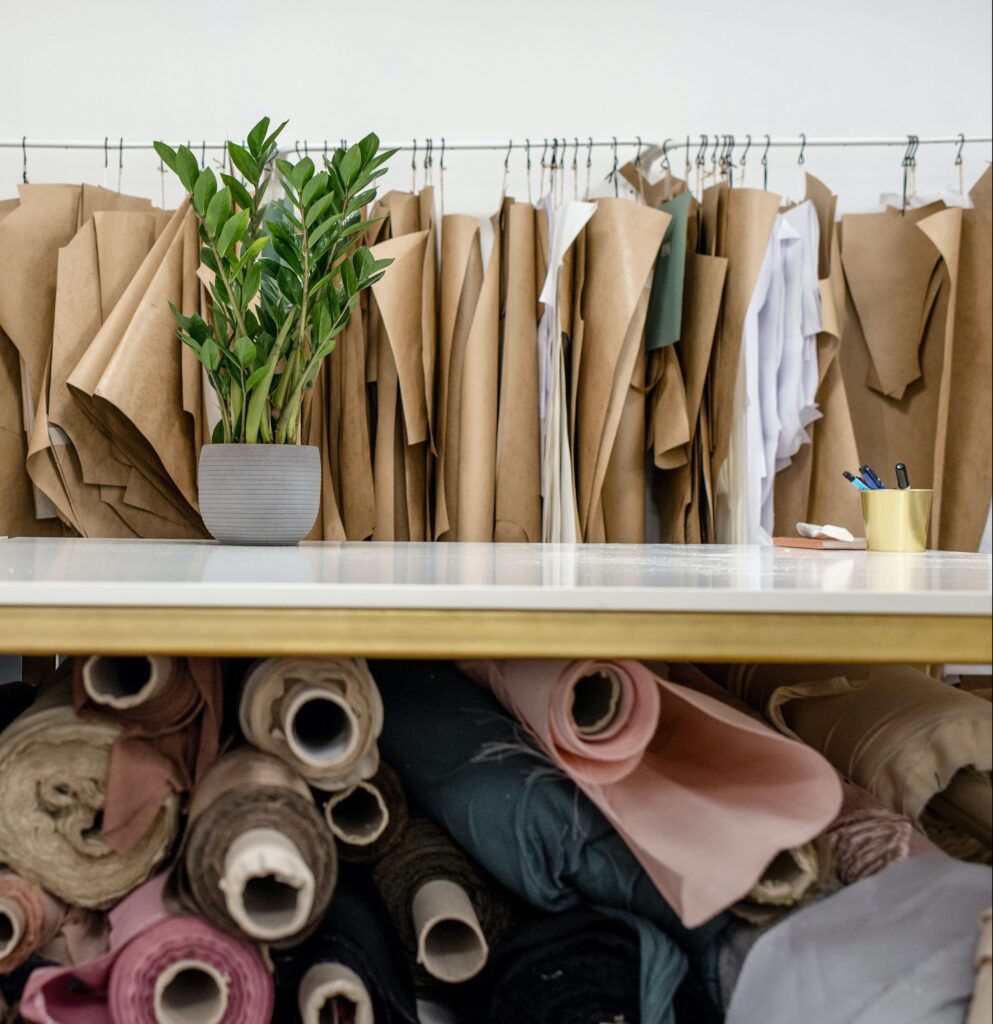
“Fashion is designed to increase our consumption through seasonal drops, limited releases, and a
dizzying rate of product renewal.
It tempts us as people to make impulsive decisions, whether it’s to fulfill our desire for material things or to purchase items we feel are necessary to blend in,” a Yes Friends spokesperson comments. “The best thing we as individuals can do is to simply buy less.”
The cost-of-living crisis has people feeling uncertain and panicked as petrol, energy, and food
prices soar.
Sustainable brands are boring
People are unable to afford the luxury of emerging in brand-new clothing. Oxfam manager, Clive Barker, advises people to, “Buy a few quality pieces to last the year.”
The number of individuals purchasing clothing has “increased a lot over the past year” due to
skyrocketing prices.
People think sustainable clothes are “bland or boring, but you can be very creative, fun and bright and be sustainable at the same time, sometimes having restrictions can give the best creations,” Valentina shares.



